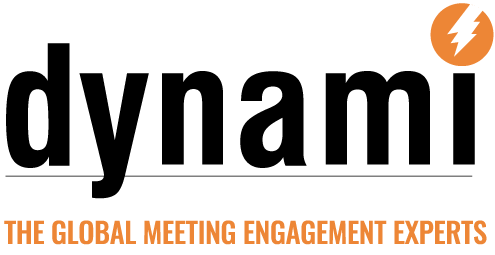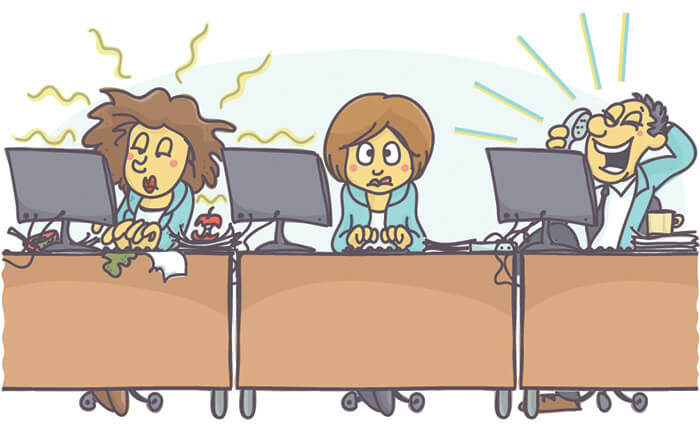I came across an article recently that had me thinking (again) of how to design and produce meetings and events that engage audiences more profoundly, have a more meaningful impact, and yield higher results long after house lights are up and walk-out music has faded.
I call it the everlasting quest for the perfect meeting.
The article first appeared in The Washington Post, entitled Google Got It Wrong. The Open-Office Trend Is Destroying the Workplace. Author Lindsey Kaufman puts forth the premise that supposedly cool, new work environments – those free of cubicles, walls, doors and dedicated offices — maybe aren’t panning out as business leaders had intended.
The trend began around 2010 in Silicon Valley and moved across the country to the East Coast. According to the International Facility Management Association, approximately 70% of U.S. offices today have instituted elements of the open office in some form or fashion.
Walls have been torn down, partitions lowered or eliminated, cubes jettisoned, doors removed, and private offices repurposed as first-come, first-served “quiet zones” that employees either have to book well in advance or make a mad dash for the moment one becomes available. And with no assigned, lockable workspace, employees have to haul work-related items to and from the office each day. As a result, there’s virtually no opportunity for personalizing your space with photos, knick-knacks, etc. (Can you say “sterile”?)
Further, many businesses have switched from traditional desks to long, communal tables with a full complement of power outlets and USB inputs running down the middle so everyone can gather in a spirit of fellowship and “the gang’s all here”. (Most likely with one ear bud in, one hanging out and eyes focused forward on a laptop screen.)
Some companies have gone so far as to shutter centralized offices in favor of purchasing their employees memberships to open-to-the-paying-public workshare or co-working spaces. They have cool names like Roam (Atlanta), Oficio (Boston), Gangplank (Chandler, AZ), parisoma (San Francisco), Flip-Work (Los Angeles) and Blank Spaces (LA and Santa Monica). There’s even one called 645 Croswell (E. Grand Rapids, MI) that is more cottage than cubicle because it’s, literally, a home converted to contemporary workspace. Monthly workshare memberships range from $50 to more than $500 per user.
For some, co-working spaces are cool and they work. For others, it’s a sweet compromise between traditional office and work-from-home settings. But for many others, the coffee-shop vibe and constant in-and-out of users, along with competition for precious meeting space, is simply too much.
The intent of “open offices” was certainly noble …
Elbow-to-elbow seating = people putting heads together, right?
Open spaces = open minds, right?
Open minds = innovative thinking, right?
Innovative thinking = greater productivity and higher profits, right?
Well, no, no, no and no, it appears.
Airy openness and a kumbaya, feel-good approach may work for Millennials and others at casual-dining restaurants, java stops, even some stores (think Apple Store Genius Bar) but even Millennials are discovering they, too, need space and privacy at work — away from distractions — when they’re expected to produce at a high level and a deadline looms.
Yes, they may have the opportunity to develop stronger friendships with co-workers but productivity and creativity too often go in the tank when constant chitter-chatter chips away at focused concentration. More seasoned workers who had grown accustomed to assigned cubes – or better yet, dedicated offices with actual doors – are finding the “new normal” painfully abnormal.
One study found more than 30% of workers complained of distractions such as noise and lack of visual privacy. The Washington Post article goes on to say another study concluded, “the loss of productivity due to noise distraction was doubled in open-plan offices compared to private offices”. They also didn’t like sitting in a human Petri dish when germ season rolled into town.
To some, it’s become intolerable.
Another study, conducted by Oxford Economics, says workers typically need one 15-minute break per hour to keep their creative juices flowing and productivity up. But who wants to take eight breaks in a typical workday and risk having others keep score and complain to who-knows-whom?
As we all know, efficiency is everything when it comes to running a successful business – time efficiency, operational efficiency, and cost-efficiency. Sorry, Google, Yahoo, eBay, Facebook, American Express, Goldman Sachs, even former New York City Mayor Michael Bloomberg’s City Hall and many, many others, your heart may have been in the right place when you adopted the open-office concept but your foresight wasn’t. A move intended to stimulate creativity, boost productivity and increase efficiency (and, by the way, minimize overhead by reducing square footage) has apparently gone … splat!
So, why is this Washington Post article relevant to those of us working in the meetings & events industry? Well, we’ll get into that in Installment 2 which will be posted on Tuesday, February 13th. I’ll share eight tips for creating an engaging and memorable “open” meeting or event.
CONCLUSION
Not everything goes according to plan. Just ask business leaders who adopted the open office trend. What seemed like a great idea at the time has apparently backfired. There are lessons to be learned from this situation that can be applied to your next meeting or event. We’ll get into those lessons in Installment 2, coming February 14th.
Related Post: Eternal Quest for the Perfect Meeting: Learning from the Open Office Flop
Until then, cheers!
P.S. Only two weeks ‘til Valentine’s Day. Plan now so you both’ll be smiling later!





